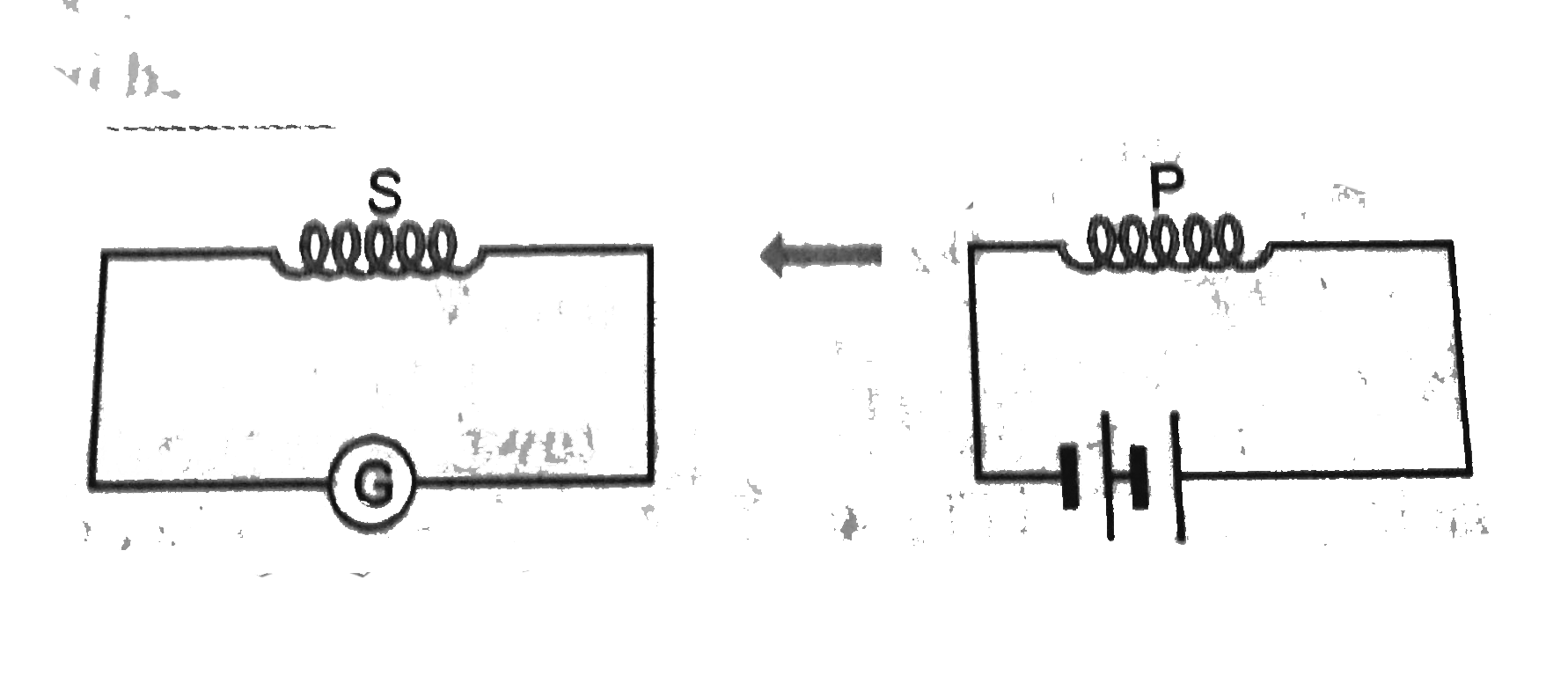A moving coil sensitive galvanometer gives at once much more deflection. To control its speed of deflection
A high resistance is to be connected across its terminals
A magnet should be placed near the coil
A small copper wire should be connected across its terminals
The body of galvanometer should be earthed
The correct Answer is:B
Similar Questions
If in a moving coil galvanometer, a current I produces a deflection θ, then
View SolutionWhen primary coil P is moved towards secondary coil S, Fig. the galvanometer shows memetary deflection in the can be done to have larger deflection in the galvanometer with same battery ? State the related law ?

View Solution
Knowledge Check
A moving coil sensitive galvanometer gives at once much large deflection. To control its speed of deflection
Aa magnet should be placed near the coilBa high resistance is placed across the coilCgalvanometer body should be earthedDa copper wire is connected across the coilA moving coil sensitive galvanometer gives at once much large deflection. To control its speed of deflection.
Aa magnet should be placed near the coilBa high resistance is placed across the coilCgalvanometer body should be earthedDa copper wire is connected across the coilIf in a moving coil galvanometer, a current I produces a deflection θ, then
AI∝tanθBI∝θCI∝θ∘DI∝√θ
When primary coil P is moved towards secondary coil S, Fig. the galvanometer shows memetary deflection in the can be done to have larger deflection in the galvanometer with same battery ? State the related law ?

View SolutionIn a moving coil galvanometer, the deflection of the coil q is related to the electrical current i by the relation
View SolutionIn a moving coil galvanometer, the deflection of the coil q is related to the electrical current i by the relation
View SolutionIn a moving coil galvanometer the deflection ϕ of the coil is related to the electric current I by the relation
View SolutionIn a moving coil galvanometer, the deflection of the coil θ is related to the electric current i by the relation
View Solution
